Dream Japan (Travel to Japan)
Japan's charm

Introducing the charms of Japan
Japan overview
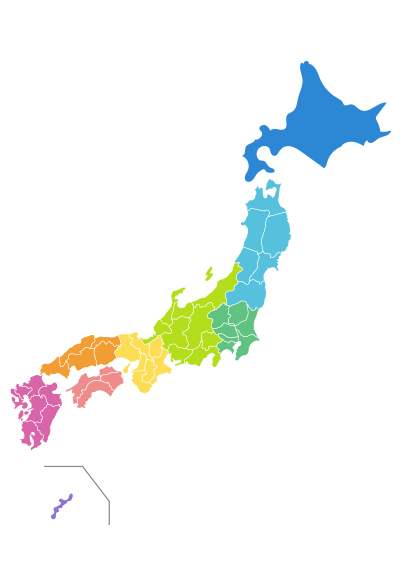
- Hokkaido
- Hokkaido
- Tohoku
- Aomori Iwate Miyagi Akita Yamagata Fukushima
- Kanto
- Ibaraki Tochigi Gunma Saitama Chiba Tokyo Kanagawa
- Chubu
- Niigata Toyama Ishikawa Fukui Yamanashi Nagano Gifu Shizuoka Aichi
- Kinki
- Mie Shiga Kyoto Osaka Hyogo Nara Wakayama
- Western
Honshu - Tottori Shimane Okayama Hiroshima Yamaguchi
- Shikoku
- Tokushima Kagawa Ehime Kochi
- Kyushu
- Fukuoka Saga Nagasaki Kumamoto Oita Miyazaki Kagoshima
- Okinawa
- Okinawa
All of Japan's territory consists of islands.
It is an island nation consisting of 6,852 islands (5 mainland islands + 6,847 remote islands).
It is located in the eastern part of Asia and East Asia, and is the easternmost part of Eurasia, so it is
also called the Far East or Orient by Europe and America.
It is generally arch-shaped and has a total area of approximately 378,000 km², making it the 61st largest
city in the world.
Approximately 70% of the country is mountainous, with approximately 67% forest coverage.
The territory located in the northwest of the Pacific Ocean is centered on the Japanese archipelago
consisting of Honshu, Hokkaido, Kyushu, and Shikoku, as well as the Izu and Ogasawara Islands extending to
the south, the Nansei Islands (Okinawa main island, etc.) extending to the southwest, and the northern
region located to the northeast. It consists of many islands, including the Four Islands (Northern
Territories), forming an arcuate archipelago as a whole.
Seto Inland Sea
Japan is surrounded by oceans such as the Pacific Ocean, the Sea of Japan, the East China
Sea, the Philippine Sea, and the Sea of Okhotsk.
The sea between Honshu and Shikoku is called the Seto Inland Sea. It has no land borders and shares exclusive
economic zones with Russia, North Korea, Taiwan, South Korea, China, the Philippines, and the United States.
In addition, there is the Republic of Palau to the south, the Federated States of Micronesia is an extension
of the Ogasawara Islands, and the American continent lies across the Pacific Ocean. The warm Kuroshio Current,
Tsushima Current, and the cold Oyashio Current and Liman Current flow offshore.
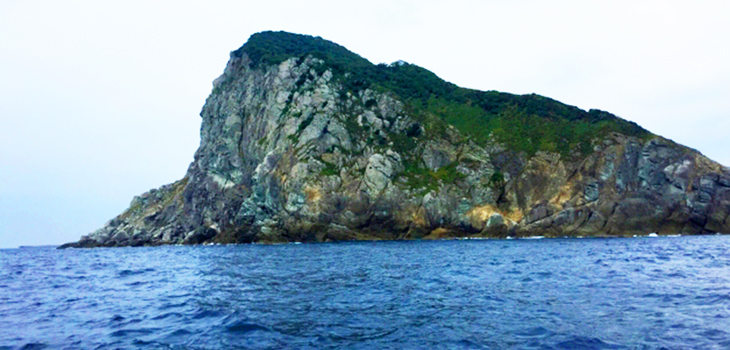
Minamitorishima, the easternmost point of Tokyo
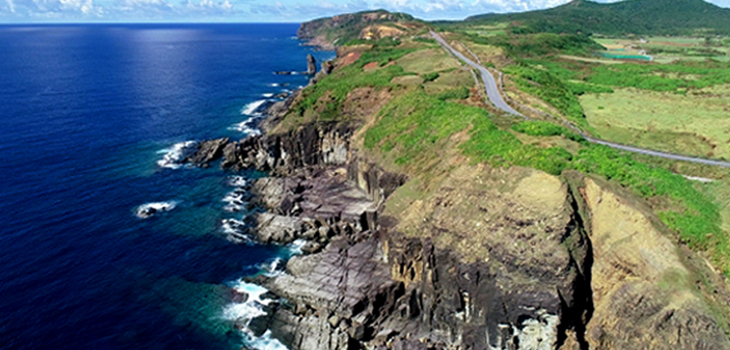
Westernmost point of Okinawa, Yonaguni Island Nishisaki
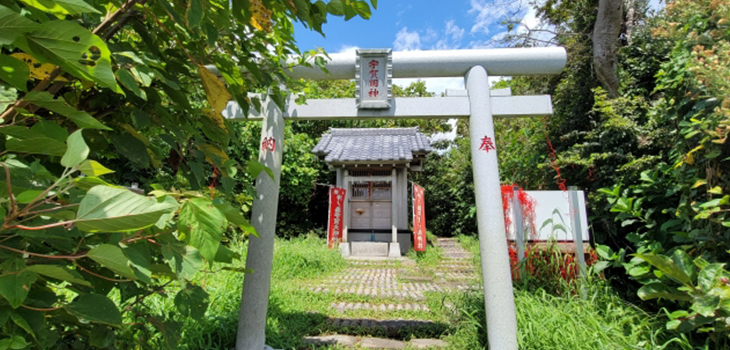
Okinotorishima, the southernmost tip of Tokyo

Northernmost Hokkaido Bentenjima
Japanese holidays
| date | name |
|---|---|
| January 1st | New Year's Day |
| January (2nd Monday) | Coming of Age Day ※Moving holiday |
| February 11th | Foundation Day |
| February 23rd | February 23rd |
| March 21st (before and after) | March 21st (before and after) |
| April 29th | Showa Day |
| May 3rd | Constitution Day |
| May 4th | greenery day |
| May 5th | children's day |
| 3rd Monday of July | Marine Day ※Moving holiday |
| August 11th |
Mountain day |
| 3rd Monday of September | Respect for the Aged Day※Moving holiday |
| Around September 23rd | Autumnal Equinox Day ※Moving holiday |
| 2nd Monday of October | Sports Day ※Moving holiday |
| November 3rd | Culture Day |
| November 23rd | labor appreciation day |
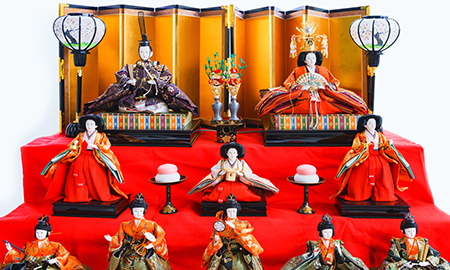
Japanese events
Doll's Festival
It is an event to pray for the happiness and growth of girls.
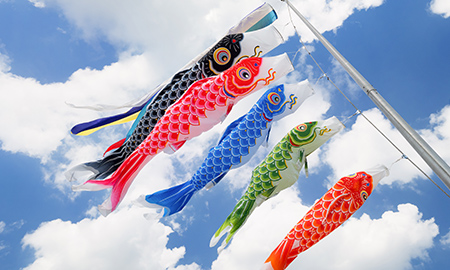
Japanese events
carp streamer
It was displayed in the gardens of homes to pray for the success and health of boys.
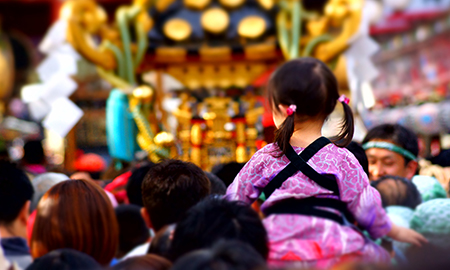
Japanese events
Sanja Festival
It is an annual festival held in May at Asakusa Shrine in Asakusa, Taito Ward, Tokyo.

Japanese events
seasonal fireworks
There are nearly 200 fireworks festivals held across the country.

Japanese events
Awa dance
This is a Bon dance that originated in Tokushima. One of Japan's three major Bon dances.

Japanese events
autumn leaves
A phenomenon in which the leaves of deciduous broad-leaved trees change color before they fall.
Attractions
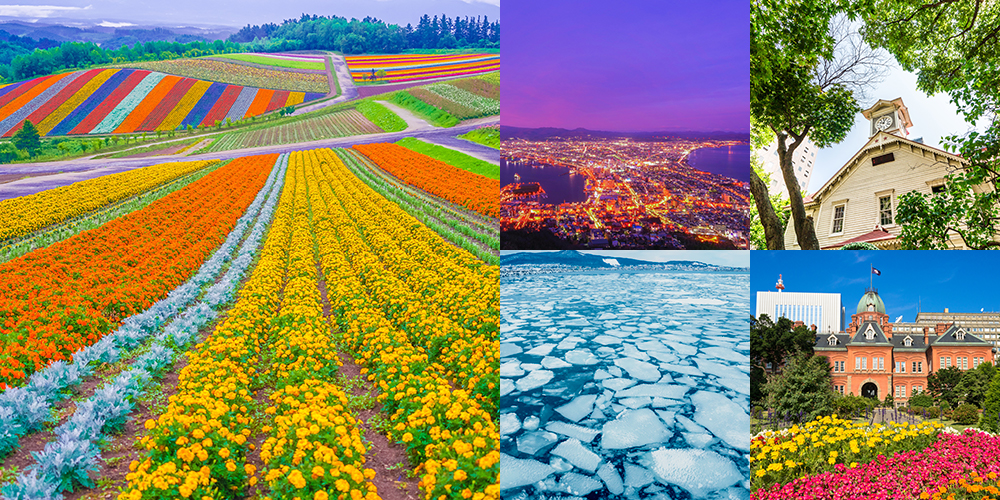
Hokkaido
Hokkaido is Japan's second largest island, approximately twice the size of Kyushu, and
has a population of approximately 5.7 million people.
Hokkaido is also a treasure trove of hot springs. In eastern Hokkaido, there are the Shiretoko-Mashu-Akan
volcanic belt from Shiretoko to Akan; in the central region, the Daisetsuzan volcanic belt of the
Daisetsuzan Mountain Range and the Tokachidake Mountain Range; in central Hokkaido, the
Noboribetsu-Toya-Shakotan volcanic belt from Noboribetsu to the Shakotan Peninsula; In southern Hokkaido,
there is the Komagatake volcanic belt from Mt. Komagatake to Hakodate, and hot spring areas with different
spring quality are scattered along this volcanic belt.
Hokkaido is also a gourmet kingdom. In addition to enjoying seafood from the Sea of Japan, the Pacific
Ocean, and the Sea of Okhotsk, you can also enjoy seasonal mountain delicacies that are a bit different from
those of Honshu from spring to autumn.
Sightseeing in Hokkaido includes the exotic ``Hakodate'', ``Otaru'' with the romance of the Meiji era,
``Sapporo'', the city with the clock tower, ``Asahikawa'', the frigid region, ``Wakkanai'', the northernmost
city, and the last unexplored region, ``Otaru''. Shari, the gateway to the Shiretoko Peninsula, Kushiro,
home to Japan's largest wetland, the Kushiro Wetland, Obihiro, a vast plain, and Erimo, the town of wind,
are sure to impress you. Masu.
Hokkaido's nature is not only majestic, but also beautiful and harsh, giving visitors a sense of excitement
and surprise.
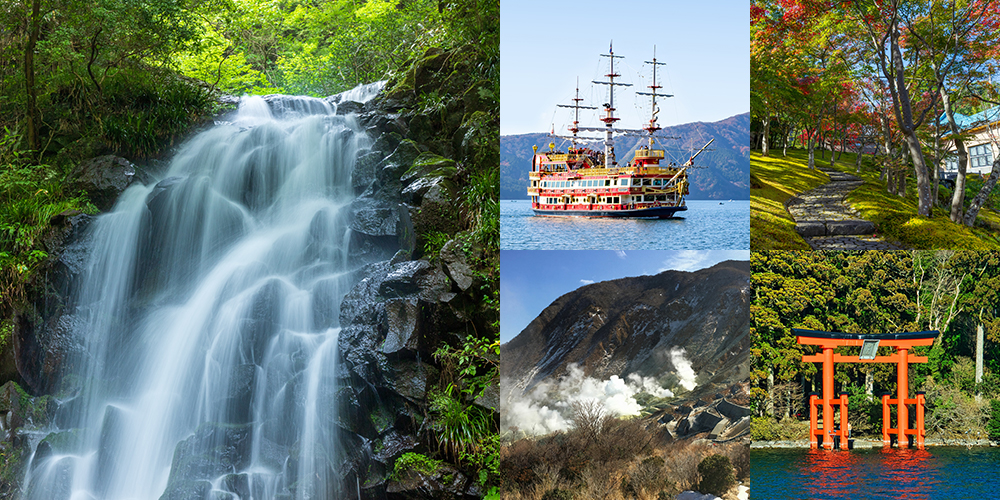
Hakone
One of the most popular hot spring resorts in the Kanto region, less than an hour from
Tokyo.
There are 17 hot springs, each with a different quality and efficacy, and have been soothing to many
literary figures since ancient times. In addition, it is a popular area that you will want to visit again
and again, such as driving to enjoy the rich nature of Lake Ashi and Mt. Hakone, and visiting the many
museums.
Recommended tourist spots Owakudani
Owakudani is one of Hakone's most representative viewing spots along with Lake Ashi. You can see the
majestic Mt. Fuji with the mountains of Hakone, and enjoy the volcanic fields that still bear the remains of
volcanic activity 400,000 years ago. Boiled eggs made using geothermal heat are also popular at the
Owakudani Tourist Center, and are called black eggs because the sulfur and iron contained in the hot springs
combine with the egg shells, turning them black. Masu. It is said that eating one black egg will extend your
life by seven years, and many tourists buy them as souvenirs.

Kyoto
Kyoto (Kyoto, Miyako, Kyo no Miyako) is a historical city in Japan. Also called capital or Kyo. Heiankyo was
established as the capital of Japan in 794, and became the political and cultural center of Japan.
Kyoto, located almost in the center of the Japanese archipelago, has an area of 4,613.21 square
kilometers. This is 1.2% of the country, making it the 31st largest out of 47.
Kyoto popular attractions
Kinkakuji, Sanjusangendo, Kiyomizudera, Ginkakuji, Nijo Castle, Teradaya, etc.
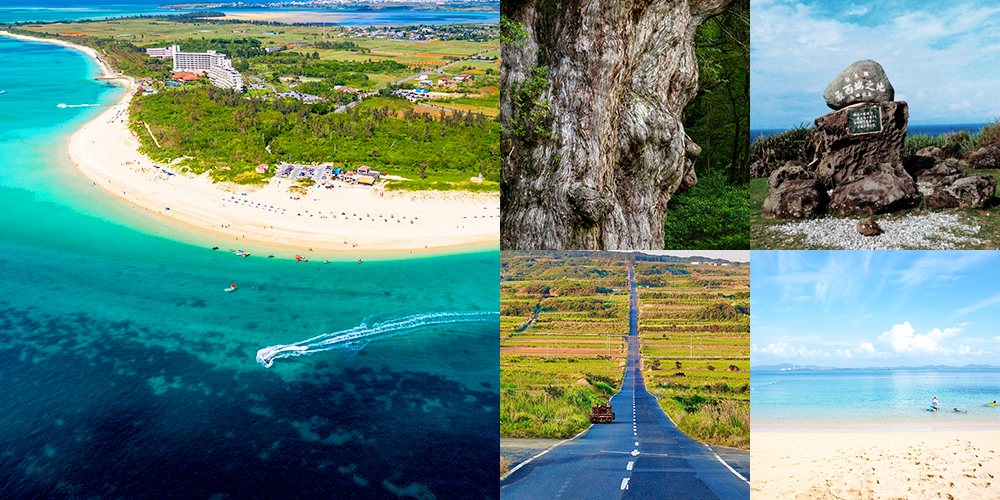
Okinawa
This area occupies the inner Ryukyu Islands of the Nansei Islands, located in the south
of the Japanese archipelago.
Of the Nansei Islands, Yakushima, Tanegashima, Tokara Islands, and Amami Islands belong to Kagoshima. Further south, it includes the Daito Islands and the Senkaku Islands. The climate is subtropical
in most areas, with Miyakojima, Taramajima, Ishigakijima, Iriomotejima, Yonagunijima, Haterumajima, and
Okidaitojima being tropical, where the average temperature in the coldest month is 18°C or higher.
Japanese food
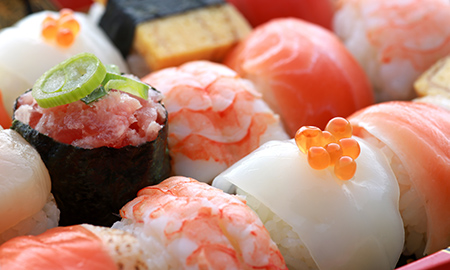
sushi
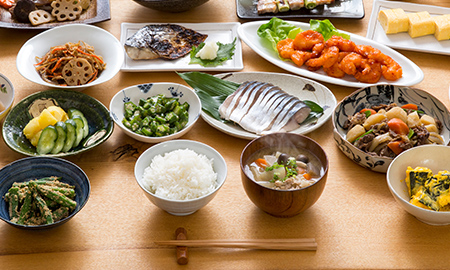
Japanese food
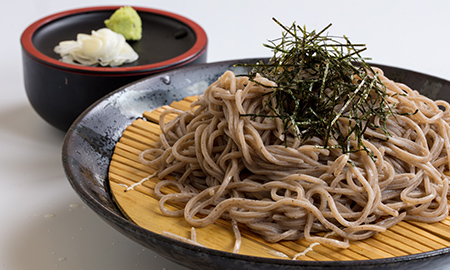
Soba noodles
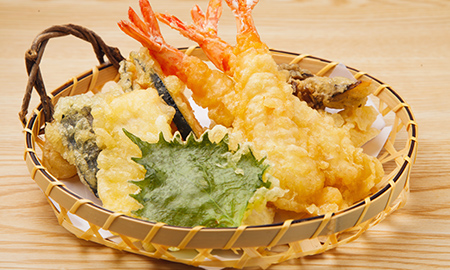
Tempura

Ramen

Okonomiyaki
